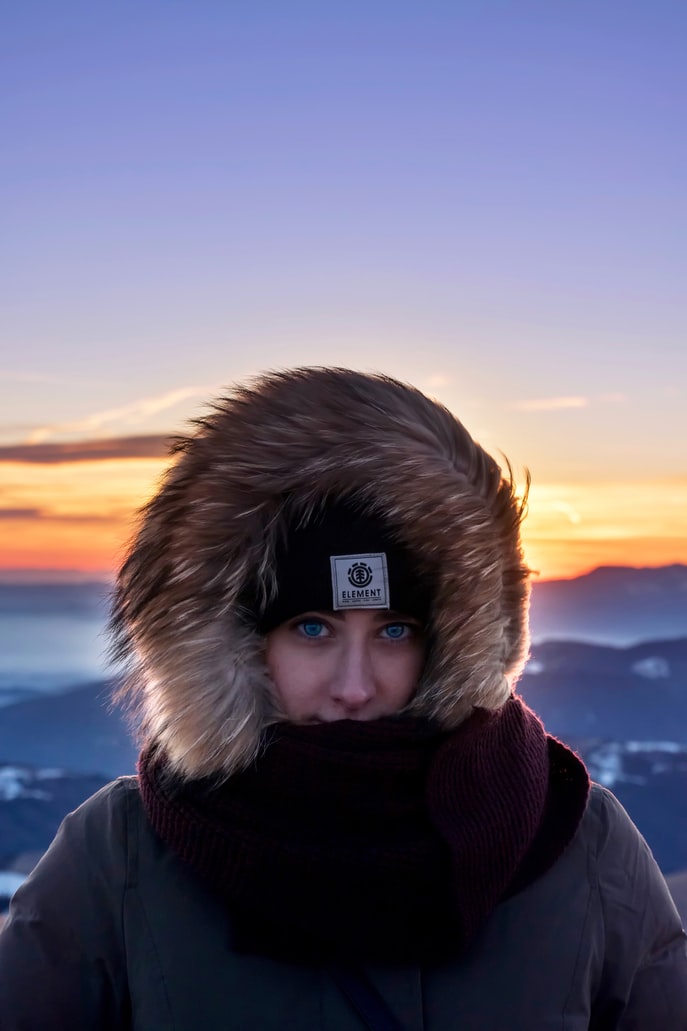With the abundance of heat sources inside homes, a lot of people don’t have to worry about layering their clothes to keep warm. However, this isn’t the case when you go out in the cold. The most frequently asked questions include “how do you stay warm in cold weather?” and “what will keep me warm when it’s cold?” or “What will keep me warm in cold weather?” The answer is layering. Layering clothing is the key to keeping warm during frigid weather. Layering clothes will work more effectively over individual insulation pieces such as down coats and woolen sweaters.
What is a Layer?
A layer could be a number of things, but it’s typically an item of clothing that is worn close to the skin or over underwear. In this article, we’ll concentrate on a variety of major kinds of layers for clothing. The four main kinds of layers for clothing are base, insulating fashion and protection.
Base layer – the first layer of treat people with kindness hoodie that is worn over the skin that absorbs water from the body prior to its transferred to other layers.
Another term for the base layer that is used in this article is long-underwear.
Insulating Layer – a layer of clothing made to hold in air that can be used for warmth.
Sometimes referred to as”mid-layer” or “thermal layer”
Protective Layers – Three kinds are wind breakers, shell garment and hard-shell garment
Protective layers are worn over the insulation layer to protect against rain, snow, or wind.
Fashion Layer – The final layer is referred to as the outerwear
They are usually very stylish and may have a lot of zippers, pockets and other design features. Each layer can work on their own, but they can be used in conjunction to ensure you are comfortable even in the coldest weather.
All Clothing Layers Combined
This diagram shows all the clothing layers that are grouped together into one.
It is a golf wang clothing layer that can be worn not only in cold, but also in hot conditions. The insulating layer holds heat close to the body. Additionally, it helps protect the body from sun or wind harm. The fashion layer adds fashion and often adds features such as zippers or pockets.
The layer that covers the base keeps the body warm, by reducing the loss of heat conductive. Conductive heat loss occurs when there is the evaporation of skin sweat, which occurs when your skin temperature is lower than surroundings. It happens when someone is moving around, and therefore clothing layers are required to prevent this type of loss of heat to an absolute minimal.
The image of a model sporting an insulating layer appears to be like it’s more intricate than serves a practical purpose. The insulation in this photo can be described as synthetic fiber batting but wool or down are also viable choices. If you’re unsure about the layering process, this might be the best choice.
This image of a model wearing mountain climbing gear illustrates the layers of protection. The windbreaker layer is designed to protect from the effects of wind chill and is made from various materials based on the result you desire. A tough shell can shield the wearer from the heavy snow and rain.
Conclusion Paragraph
Add several layers of clothing to remain warm during cold winter days. If you’re seeking strategies to make sure you keep your hands, head feet, torso and head warm during winter, but without using heavy jackets and layers which make it difficult to move quickly, and then take a look at these tips!

